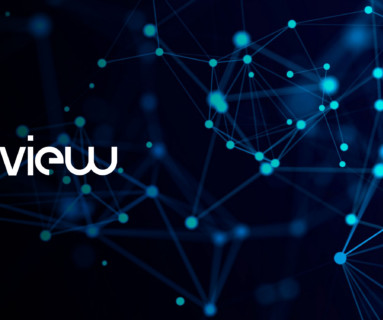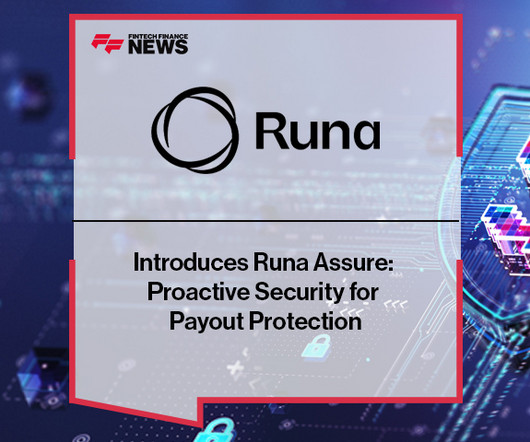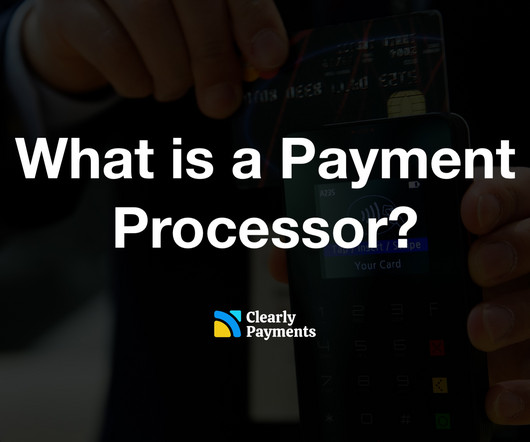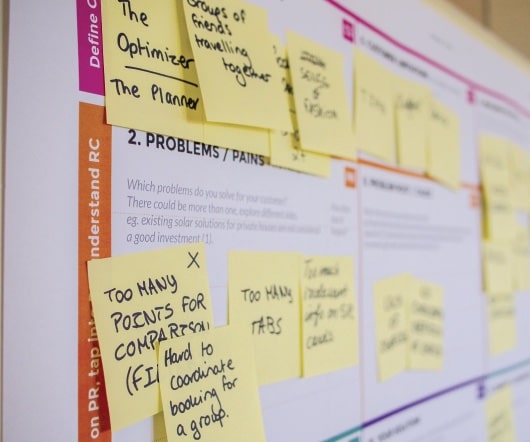Understanding PCI DSS, PSD2, and AML in Payment Processing: A Practical Guide
Finextra
JUNE 26, 2025
And if your customers don’t feel safe while making payments, they won’t return. That’s where PCI DSS, PSDS2, and AML come in. In this guide, you’ll understand what digital payment security is and what these regulations mean, how they impact your payment operations, and what you need to do to meet them.


















Let's personalize your content